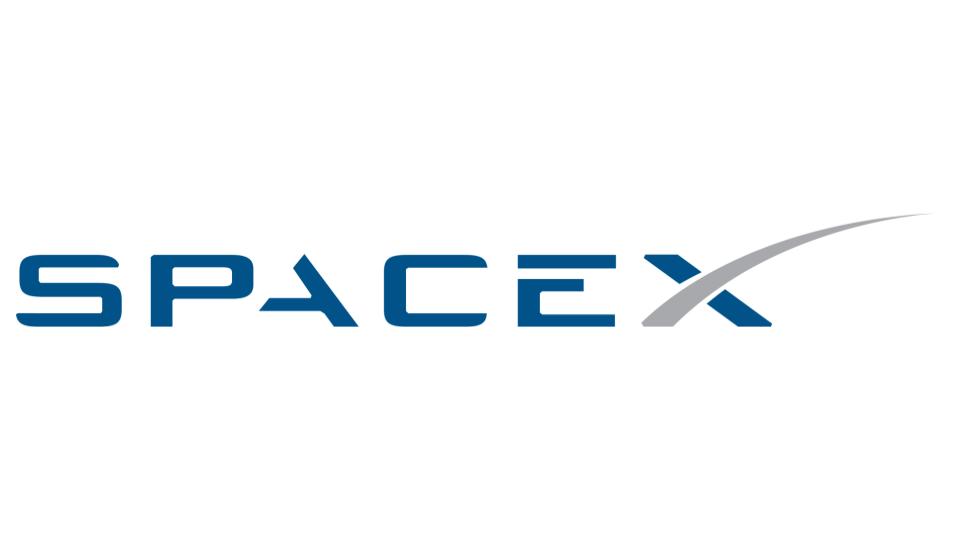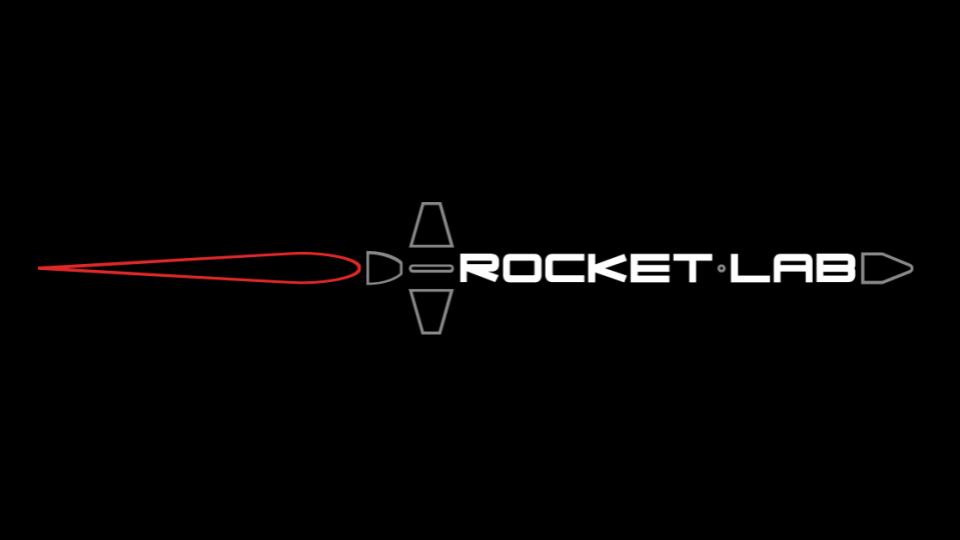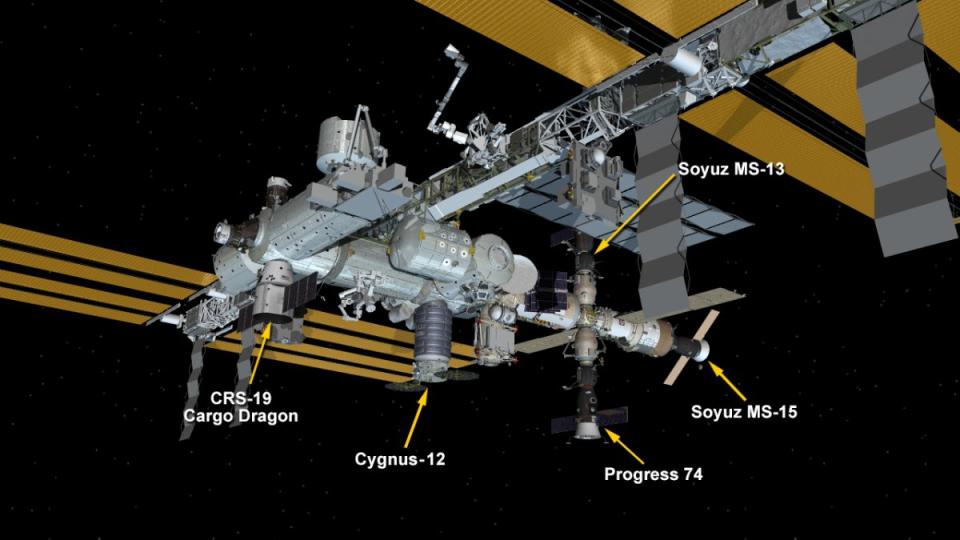We’re on the Space Coast. And, as predicted, this is the week of all the launches. Just … not here. None of them are here. So…we are reporting on launches we didn’t see. Someday….
Usually Wednesdays are for Rocket Roundup, and today *is* a little different. Why? We’re on the Space Coast! Anyway, there were a whole lot of launches this past week. Let’s get to it, shall we?

- Falcon 9 performs extended mission in test for future U.S. military launches (SpaceFlight.Now)
- Long-duration coast experiment on tap after Falcon 9 launch Thursday (SpaceFlight.Now)
- Live coverage: Dragon cargo capsule arrives at space station (SpaceFlight.Now)
First up: the launch that we missed. Two days earlier than what we would have liked, SpaceX launched a Falcon 9 carrying their 19th resupply mission to the ISS on Thursday, December 5, 2019 at 5:29 PM (UTC).
Pro tip: do NOT plan months in advance for travel involving rocket launches. You WILL be disappointed.
Anyway, there’s two parts to the mission: the rocket and the experiments. Let’s chat about the rocket first.
This launch used a brand new Block V Falcon 9 core booster and landed on the drone ship OCISLY. Normally for resupply missions to the ISS the energy needed is low enough that there’s enough fuel left for the first stage can go back to the landing zones in Florida. This time was a little different. After Dragon was released on its way to the ISS, the upper stage performed an additional series of maneuvers, including a long coast phase and a deorbit burn. The first stage burned some 13 seconds longer to put the upper stage in place to perform these maneuvers. Burning the engines for any amount of time uses up fuel, making a landing back at the Cape literally impossible.
For those of you wondering why SpaceX did these extra, seemingly unnecessary maneuvers: it was for SCIENCE — and testing purposes. SpaceX thought it was possible for a Falcon 9 upper stage can operate at long periods of time at coast, successfully perform various high energy maneuvers, then finally deorbit. But, like many things in rocket science (and science in general), theories need to be proven.
The successful test was the 3rd such demonstration conducted by SpaceX, according to CEO Gwynne Shotwell, and consisted mainly of allowing the upper stage to orbit several times after deploying the Dragon capsule before re-lighting the single Merlin engine and expending the last of its fuel in a deorbit burn.
According to Shotwell, “This was our third long coast (demonstration). They’re still looking at the data, but I got a thumbs up this morning that it looked like it went really well.”
“It was a full duration burn,” she said Friday, following completion of the launch mission..
The Dragon capsule carried about 2,600 kg / 5,800 lb (1300 2L soda bottles) of cargo and experiments to the ISS.
Among the experiments are a nest of 40 mice that have been genetically engineered to lack myostatin, a muscle growth inhibitor. If you don’t have myostatin, you don’t have anything to keep muscle growth in check. So yes, these are mice with a lot of muscle. All 40 of the so-called “mighty mice” will return to Earth ALIVE aboard the capsule in January for further study on the ground. The goal is to see whether disabling these same sorts of inhibitors in humans can have a beneficial effect to combat the loss of muscle and bone mass in astronauts as well those affected with muscular dystrophy.
- SpaceX cargo mission combines mighty mice, fires and beer research (Spaceflight.Now)
Also aboard are two new iterations of ongoing experiments involving the study of fire and how it propagates in space, as well as the third iteration of tests sponsored by Anheuser-Busch involving research into the malting process of barley.
Malting involves the germination of a raw grain like barley, sorghum, wheat or rye in a controlled environment. The grain is forced to sprout by soaking it in water and then forced to stop germinating by drying it with hot air. This is done to release enzymes that break down sugars and proteins in the grain to make fermentation easier. Once this process is complete, the grain is now referred to as malt and is used for a variety of things including making malt vinegar, malted milk, beer, and whisky.
No word on when — or — if the space-malted barley will be used in brewing or if it will be available to the public. Barley previously went to space for an experiment on the CRS-13 mission.

A Rocket Lab Electron rocket launched the “Running Out Of Fingers” mission on Friday, December 6, 2019 at 8:18 AM (UTC) from its Mahia Peninsula site in New Zealand. It was the 10th launch of the Electron, and 6th and final launch this year.
While this Electron’s 1st stage was NOT recovered, it was equipped with several upgrades intended to facilitate future recovery operations, including cold-gas thrusters similar to the ones SpaceX’s Falcon 9 uses to keep it’s boosters oriented properly during the portions of its re-entry flight which are still mostly in vacuum.
Unlike the Falcon 9 however, the Electron is far too small to retain enough fuel for a propulsive landing. As a result, future landings will be via aerial recovery following the deployment of parachutes while still high up in the atmosphere Nevertheless, the booster will sustain high stresses during re-entry, and this mission included several telemetry sensors onboard to track its performance while “hitting the wall,” as Rocket Labs CEO Peter Beck put it prior to Friday’s launch.
Apparently, it went far better than planned, as Beck tweeted Friday:
“Electron made it through wall! Solid telemetry all the way to sea level with a healthy stage. A massive step for recovery!!” Beck tweeted.
Several nano- and pico-sat payloads were deployed:
ATL-1 is a payload from Advanced Technology of Laser (Hungary) designed to test a new type of insolation material in space, conduct a thermal insulator material experiment, and DVB-T band spectrum monitoring.
FossaSat-1 is a picosatellite developed by Spanish non-profit organization Fossa Systems. The spacecraft is a communications satellite that uses low power Radio Frequency (RF) to provide Internet of Things (IoT) connectivity.
NOOR-1A + NOOR-1B Developed by Stara Space, these smallsats will demonstrate LEO-to-LEO intersatellite link technology and communicate with ground stations on Earth; similar to the principle behind the StarLink constellation, this tests a crucial technology set required to create a real-time global communications constellation in space.
SMOG-P was built by students at the Budapest University of Technology and Economics in Hungary and features a spectrum analyzer to measure man-made electromagnetic pollution from space.
TRSI Sat ACME AtronOmatic is a U.S.-Germany based software application development company that provides flight tracking services to the aviation community and to mobile applications such as MyRadar, a weather radar application for mobile devices.
ALE-2 Tokyo-based ALE Co., Ltd.’s ALE-2 satellite aims to create colorful man-made shooting stars by simulating re-entering meteor particles. The satellite includes multiple redundant attitude sensors and controllers, as well as a propulsion system for maneuvers. At 75 kg / 165 lbs and 60 cm x 60 cm x 80 cm, it was by far the largest of the seven payloads deployed: most were 6 cm^3 / less than 2.5 in^3
- ISS Treadmill (Russia in Space)
- Colbert Treadmill (NASA)
A second resupply mission went up this week, with a Roscosmos Soyuz-2 rocket launching the Progress MS-13 (74P) mission on Friday, December 6, 2019 at 9:34 AM (UTC). It arrived on December 9th.
Onboard were even more supplies, water, food, fuel, and experiments as well as a replacement belt for the BD-2 treadmill.
BD-2 is the Russian treadmill that was installed in May 2013 and after 5.5 years of use the belt was due for replacement.
For those of you wondering, yes, the COLBERT treadmill is still onboard the ISS. The noisier, but more reliable treadmill, known officially as the Combined Operational Load-Bearing External Resistance Treadmill is designed to handle over 240,000 kilometers / 150,000 miles of running by the astronauts aboard ISS; NASA estimates it will last the life of the station w/no need for replacement or serious servicing, as it’s expected to only see about 61,000 kilometers / 38,000 miles of use.

Another thing worth mentioning:
There’s 5 spacecraft attached to the ISS right now. That includes cargo vehicles Cygnus-12 (Northrop-Grumman), Progress 74 (Roscosmos), CRS-19 Dragon (SpaceX), in addition to the crew transport vehicles / lifeboats Soyuz MS-13 and MS-15 (also Roscosmos).
- China launches two Kuaizhou rockets in six hours (Spaceflight.Now)
An ExPace (China) Kuaizhou 1A rocket launched the Jilin 1-02B mission on Saturday, December 7, 2019 at 2:55 AM (UTC).
Demonstrating China’s progress in developing a rapid satellite launch turn-around capability, not one but two Kuaizhou 1-A rockets were launched from the Taiyuan Space center in northern Shanxi province within six hours of one another. The rockets are new small-sat launchers which 1st went into service in 2017, and each is comprised of 3 solid fuel stages and a liquid fueled orbital insertion stage. The launches were conducted using two separate road-mobile transporters as launching pads.
The 1st launch took place at 0255 UTC / 9:55 pm EST and carried a Gaofen 2B Earth observing satellite into a 535 km / 332 mi high orbit inclined 97.5 degrees to the Earth’s equator. For those wondering, yes: that’s a sun-synchronous orbit, designed to pass over every part of the Earth at the same local time of day for best imaging conditions.
This particular satellite is reportedly capable of optical imagery of resolution lower than 75 cm / 30 in.
- Tianqi 1, 2, 3, 4A, 4B (Tao Xingzhi) (Gunter’s Space Page)
A China Kuaizhou 1A rocket launched the Xingyun-2 01 mission on Saturday, December 7, 2019 at 8:52 AM (UTC).
The second of the two Kuaizhou rockets lifted off at 0852 UTC / 0352 EST from a different launch site within the Taiyuan Space Center, and this one also successfully deployed its payloads to a near SSO of 500 km / 310 mi 97.4 deg inclination. The differences from a true SSO are minor and have to do with the missions of the various satellites deployed.
I say “missions” because there were three pairs of nanosats launched for three different companies:
- Beijing-based HEAD Aerospace deployed 2 satellites which will provide environmental monitoring, asset supervision, emergency communication, and ship and aircraft tracking services. The 1st 2 satellites in HEAD Aerospace’s “Skywalker “ constellation, these 45 kg / 100 lb smallsats are designated HEAD 2A and 2B, respectively.
- Spacety Co. Ltd.’s Spacety 16 and 17 satellites were also deployed. According to Xinhua news agency, these are “medium-resolution micro-nano remote sensing satellites that are mainly used for disaster prevention, maritime applications, agricultural remote sensing and polar environment monitoring.”
- Tianqi 4A and 4B were also launched for Guodian Gaoke, another Beijing-based company. These are the 4th and 5th satellites in this company’s experimental “Apocalypse Constellation,” the 1st of which launched back in October of 2018. The constellation is intended to provide network coverage in places NOT covered by Chinese terrestrial networks for wide-ranging Internet of Things (IoT) applications.


 We record most shows live, on Twitch. Follow us today to get alerts when we go live.
We record most shows live, on Twitch. Follow us today to get alerts when we go live.